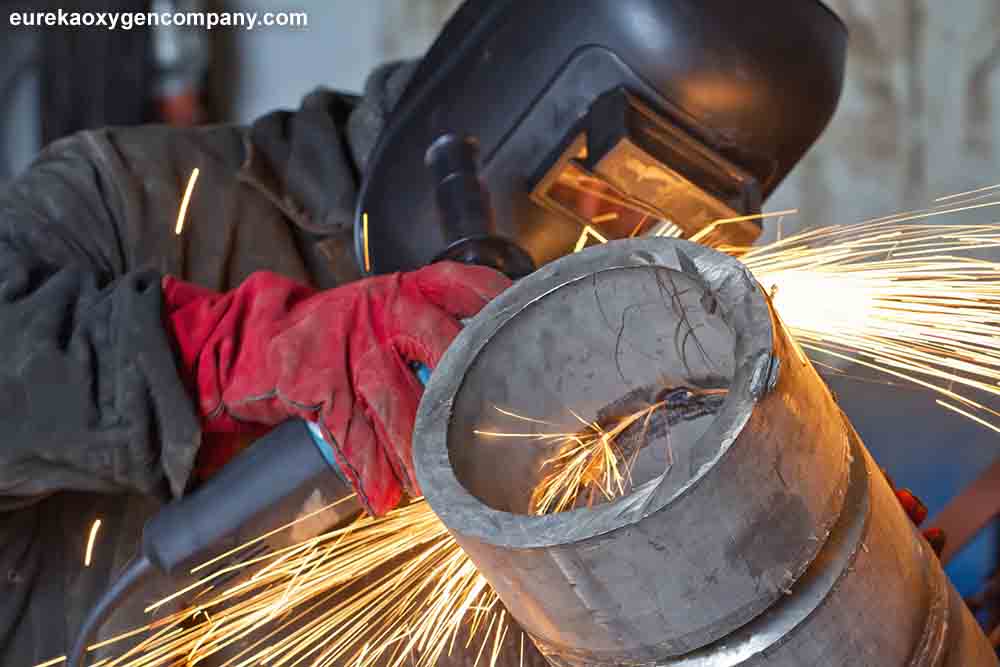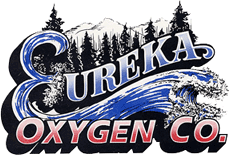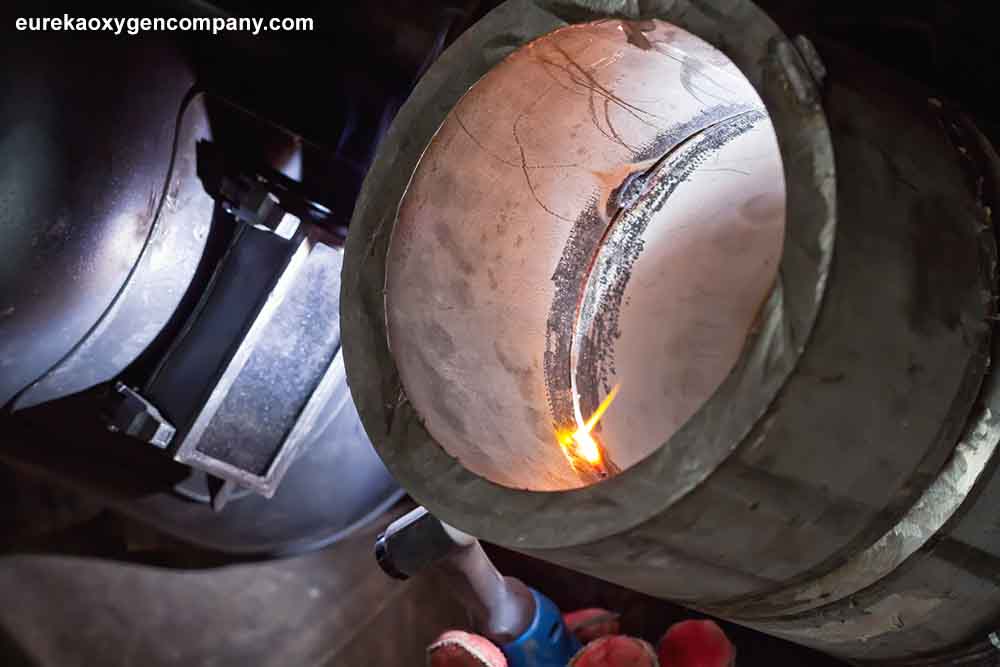Argon/Oxygen
Argon/Oxygen can be used on plain Carbon Steel and Stainless Steel, provided the material is free of scale and oil. Just as the Carbon Dioxide adds heat to the Argon/Carbon Dioxide blend, Oxygen does the same for an Argon/Oxygen blend – only more so. Oxygen blends are available with much lower proportions of Oxygen – 5% being the highest blend available.
All ratios are Argon/Oxygen.
99/1 – This blend is generally used for spray transfer on Stainless Steel. That 1% of oxygen is all it takes to provide improved droplet rate and bead appearance while stabilizing the arc.
98/2 – This is the ideal blend for spray transferring Stainless Steel, but it can be used on Low Alloy Steel and Carbon Steel. Mechanical properties and corrosion resistance for 1% and 2% welds are almost identical. One distinguishing characteristic is a darker, more oxidized bead for 2% welds.
95/5 – This is the most commonly used Argon/Oxygen blend for general Carbon Steel welding. The increased oxygen level (heat) allows for greater travel speed.
Tri-Blend

All ratios are Helium/Argon/CO2:
90/7.5/2.5 – This is the blend for short-circuit transfer welding Stainless Steel in all welding positions. The low CO2 content minimizes carbon absorption and assures corrosion resistance, particularly in multi-pass welds. Argon and CO2 provide arc stability and fusion depth. The high level of Helium is required to provide adequate heat to accelerate the sluggish weld pool of Stainless Steel.
66/26.5/7.5 – This is an appropriate blend for spray welding on Carbon Steel and Low Alloy Steel, all thicknesses and positions. It is considered a high-speed blend and will also provide better quality welds over rust, oil, and mill scale than comparable dual-gas blends. It also allows for puddle control and generates high mechanical properties.
66.1/33/.9 – This is a Stainless Steel blend usable with short arc and spray welding. Its benefits are in its results (broad weld with a flat crown and good color match, reduced porosity, superior alloy retention, corrosion resistance) as well as its process (higher welding speed).

